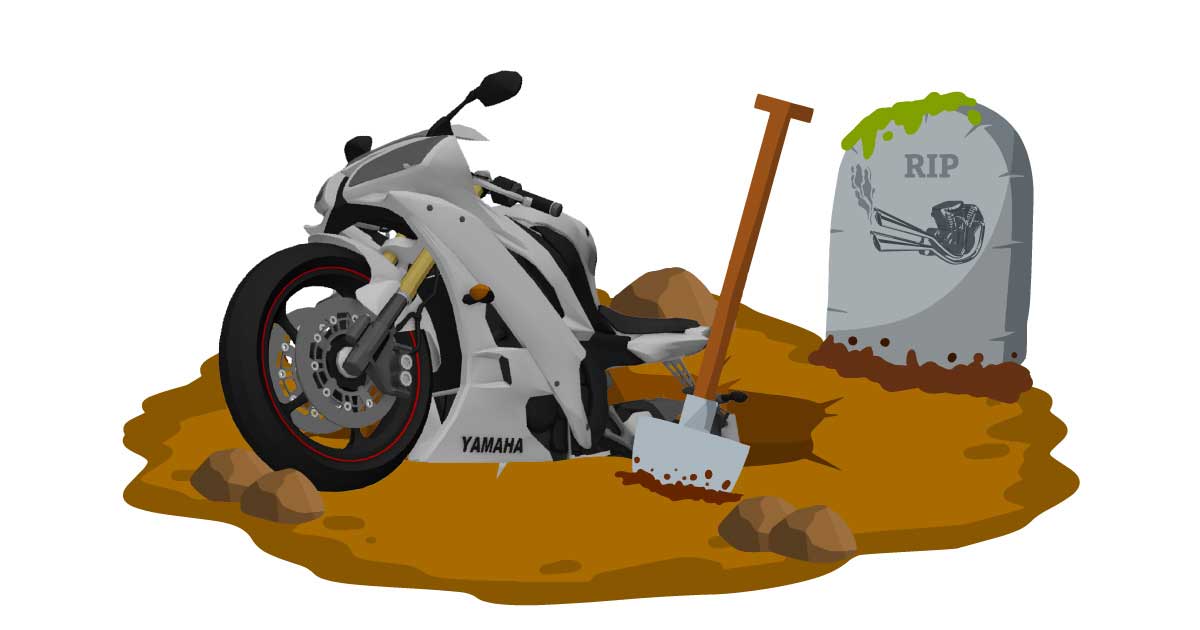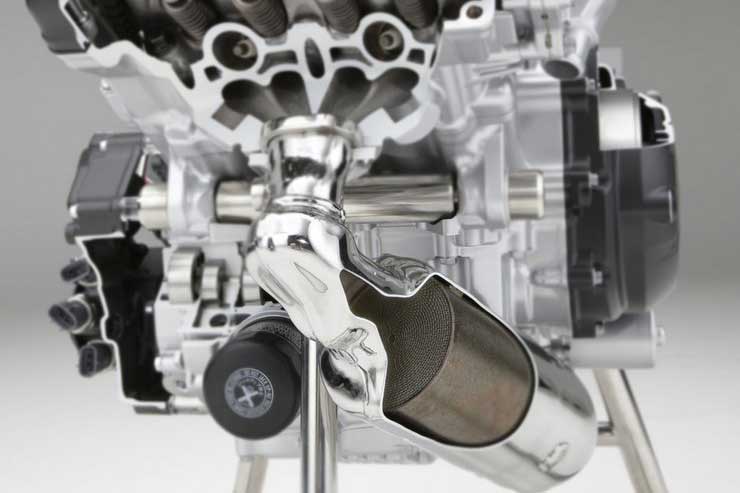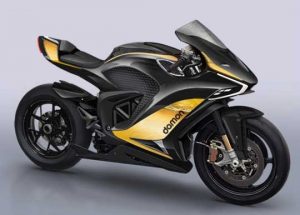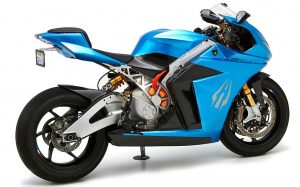Are We Witnessing the Death of Gas Motorcycles?

Danny Reyes, Shipping Specialist, rider advocate, Angels fan and tailgate warrior. [email protected]
With international travel still off the plate, it’s easy to forget about what’s happening on the other side of the world. But there’s something major going on in Europe that could have a ripple effect on the U.S. motorcycle market: The Euro 5 emissions standards.
We won’t get too far into the weeds, but here’s what you need to know: The Euro emissions standards are designed to reduce air pollutants produced by vehicles, including motorcycles. Since the Euro 1 launched in 1999, the regulations have been becoming more strict with each subsequent numbered rule. Fast-forward to January 1, 20201 and Euro 5 has come into full effect.

The Euro 5 reduces the allowable exhaust limits on new vehicles sold in the European Union and its member states. The EU is now less than a decade from Euro 7, which phases out fossil fuel vehicles entirely. Amid the pending Euro 5 launch, overseas riders scrambled to purchase non-compliant motorcycles before the harsher restrictions set in. How serious is the issue? The ever popular Yamaha R6 has been discontinued for 2021, partly due to the costs associated with Euro5 homologation.
The UK for has announced their plan of eliminating the sales of fossil fuel driven vehicles by 2030. How will this affect the motorcycle market? We don’t know at this stage, but the trend is speaking directly to us. In January, 2021, Japan did the same thing, announcing that 2030 will be the last year to sell autos with internal combustion engines (2035 for motorcycles).
The evolving environmental landscape in Europe might seem thousands of miles away from where we’re sitting in the U.S.—and it is—but the motorcycle industry here is also making some clear shifts away from gas and toward electric. (One case in point: Harley-Davidson’s incredibly popular Livewire.) This begs the question: Are we witnessing the death of the gas motorcycle?
The Current Electric Motorcycle Landscape in the U.S.
Electric motorcycles aren’t exactly new—the first one was patented back in 1869—but their rising popularity definitely is. The first production electric motorcycles hit the market in the 1970s with little success. To see the foundation for today’s boom, we need to fast forward to 2006, when Zero’s first electric ride made its debut. The market growth hasn’t slowed since.
Major players like Harley, Honda and Yamaha are all going big on electric, betting that these millennial-focused rides will revive long-declining motorcycle sales. Despite a recent software-related recall, Harley’s leadership views the Livewire as an iconic model that will fuel further expansion into all things electric (including a new e-bicycle spinoff that recently rolled out its first model.) Zero is continually expanding its line of electric motorcycles to satisfy the urban commuter niche, while Energica posted record-breaking U.S. sales in 2020 and is forecasting that growth to continue into 2021. Globally, the electric motorcycle and scooter market hit $30 billion in 2019 and is expected to increase 4%+ year over year through 2026. The U.S. is no small part of that growth.
In Europe, the Euro 5 is dramatically altering the motorcycle landscape. Here in the U.S., carbon monoxide limits are generally much more lax in the U.S. than in Europe—even in California,

which sets its own standards. But as manufacturers make updates to meet the EU’s regulations, many of those changes will undoubtedly make it to the U.S. due to the cost of developing different models for different markets.
What is driving electric motorcycle adoption in the U.S.? Rather than regulations, it’s largely consumer preferences and tax incentives. The US federal tax credit is extended until January 1, 2022. Even though it isn’t as much as some of the credits offered for passenger vehicles, it can still offer savings of 10% of a motorcycle’s purchase price, up to $2,500. Through 2021, riders can also receive a credit of up to $1,000 for home installations of new EV chargers. Environmental awareness is also on the rise among Americans, according to recent Pew Research polls.
Of course, the switch to electric is complicated by factors common among any emerging technology: price and capabilities. At nearly $30,000, the Harley-Davidson Livewire is aspirational, not affordable, for the majority of Americans. Meanwhile, pervasive range issues don’t yet make electric motorcycles practical for all riders.
As technology continues to evolve and battery life improves, electric vehicles will become more affordable. (Lithium-ion battery costs, for example, are down 85% over the last decade.) But until capabilities and cost match the buzz, the great debate over gas vs. electric motorcycles rages on.
The Electric Motorcycle Debate
Despite the federal tax credit and reduced carbon footprint, plenty of riders are sticking with gas motorcycles. A quick online search for electric motorcycles turns up the shortcomings of current models, and the electric motorcycles subReddit is also full of debate on the pros and cons of going gasless.
Electric motorcycle enthusiasts sing the praises of eliminating emissions and reducing the number of engine parts that need servicing. With no oil, transmission, exhaust or intake, going electric

can reduce maintenance costs. EVs are also quiet and, depending on the model, can provide significant power and speed. But at the same time, the cost, limited range, charge times and weight of electric models are serious drawbacks for many riders. Most electric motorcycles are being marketed as urban lifestyle vehicles due to their range issues, and batteries add significant weight to many electric motorcycles.
Are we living in the decade when gas motorcycles die? It’s too soon to tell. However, one thing is for sure: electric vehicle adoption is on the rise, and it’s being driven by a new generation of young riders.
Shipping Your Electric (or Gas) Motorcycle
Whether you’re going electric or are sticking with your gas motorcycle, we’re here to help transport your ride from Point A to Point B. Are you purchasing a new or used bike? Do you want to take a destination ride (think: Hawaii or Alaska) but need to get your motorcycle there? Let our team of passionate riders handle all the details.
